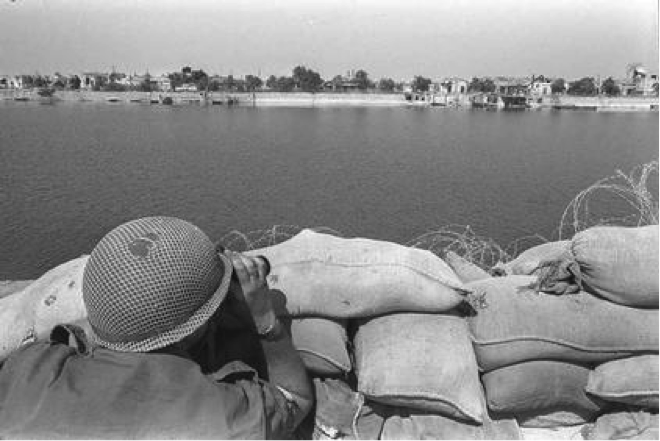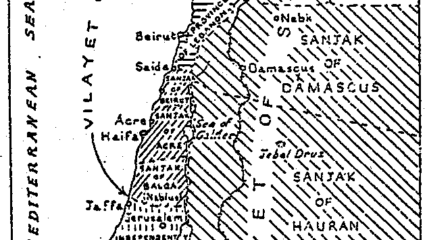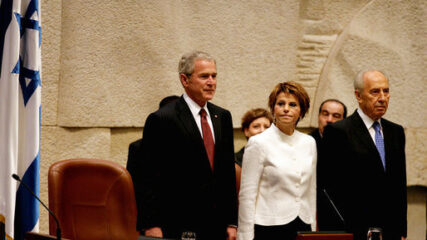August 7, 1970
Egypt and Israel sign a cease-fire to end the War of Attrition.
After the June 1967 war, relations between Israel and its enemies Egypt and Jordan remained tenuous. Egyptian President Gamal Abdel Nasser had suffered an embarrassing defeat, leaving his military crippled and his country without the Sinai Peninsula. Jordan had suffered a similarly devastating loss as Israel took control of the West Bank and left the Jordanian army weakened.
Despite the cease-fire signed June 11, 1967, to end the Six-Day War, fighting between Israel and these two countries continued. Jordan was also home to the PLO, led by Yasser Arafat, which planned and executed attacks against Israel.
The initial stages of the War of Attrition included small skirmishes and mortar attacks again Israel until Nasser made an official call to war March 8, 1969. Egypt then began large-scale shelling of Israeli positions along the Suez Canal, and commando raids and aerial warfare commenced. The Soviet Union supplied Nasser with arms. A critical turning point occurred July 30, 1970, when Israeli aircraft shot down five Soviet-piloted MiG-21s. Israel feared that the air victories would broaden the conflict by creating a larger confrontation with Moscow, but the Soviet Union backed down.
Despite the Soviet munitions, the Egyptian air force and army performed poorly and could not weaken Israeli positions in the Sinai or along the Suez Canal. On the Jordanian front, the PLO’s attacks remained minor.
The Jordanian regime eventually tires of being dragged into unwanted violence with Israel by the PLO. Jordan takes action against the Palestinian militants, culminating in a 1970 massacre of Palestinians referred to as Black September.
Nasser dies of a heart attack two months after the cease-fire.









